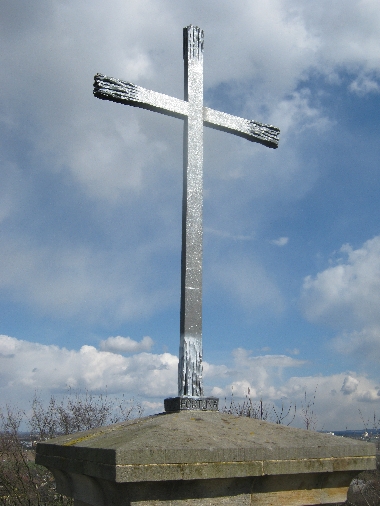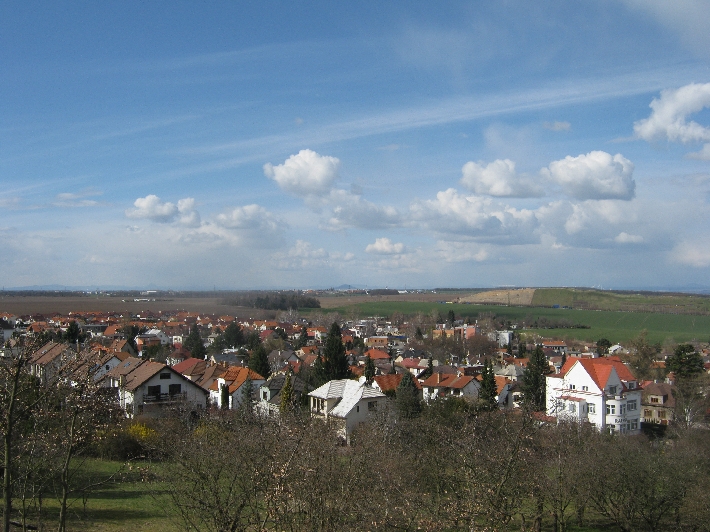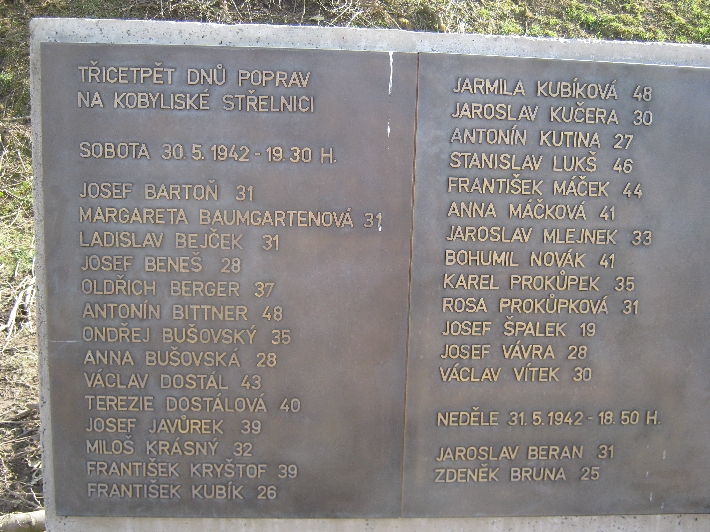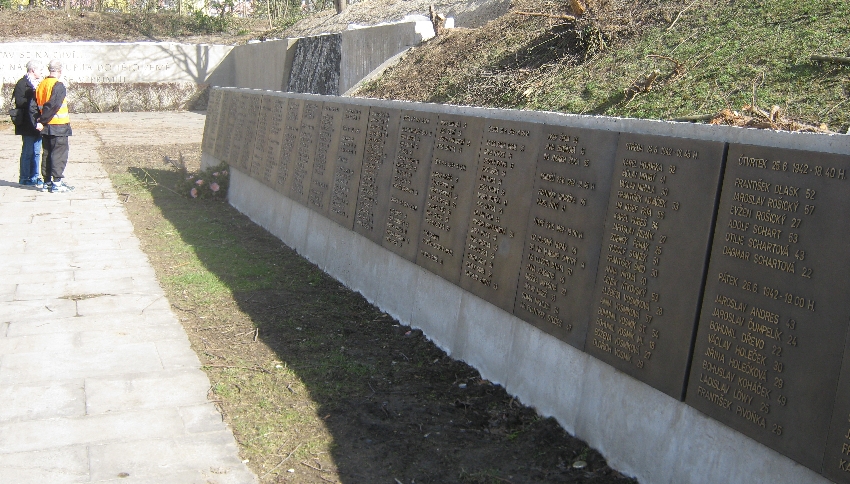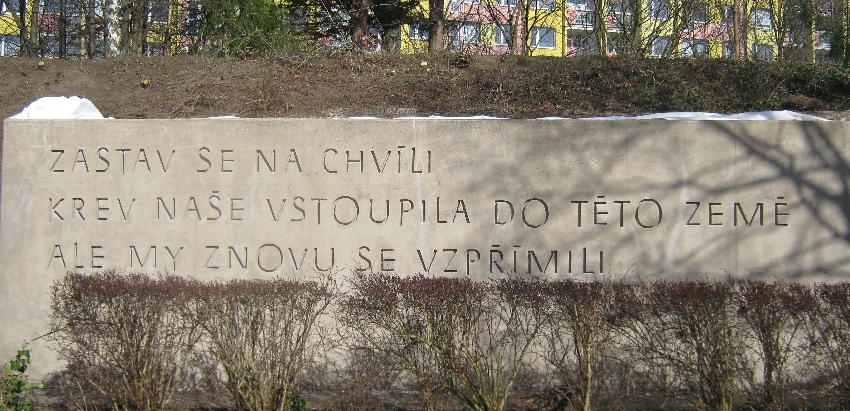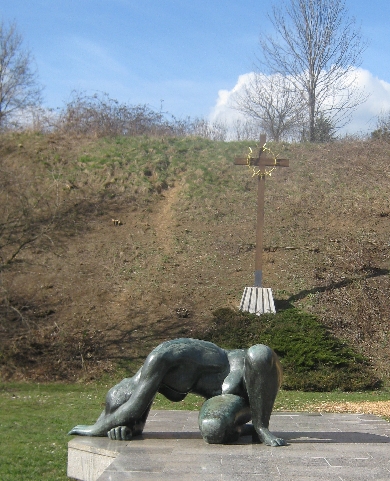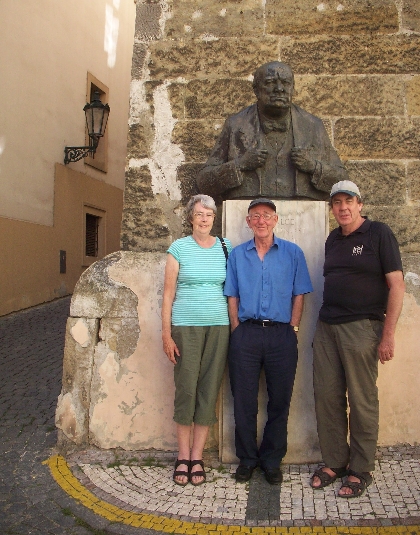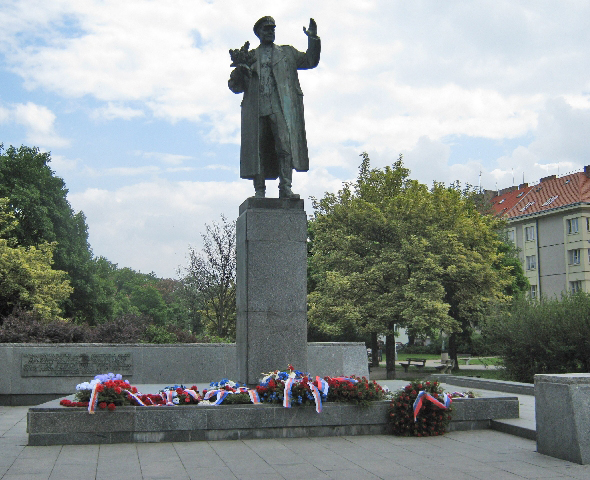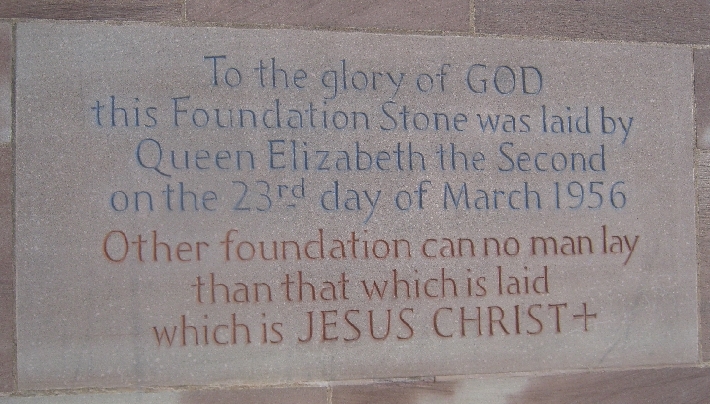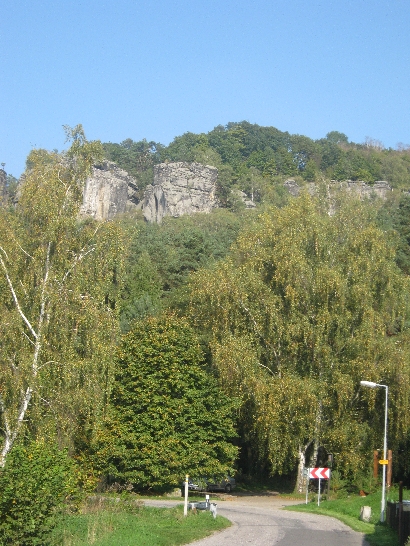
Today, I have been struck by the irony of David Cameron and his Conservative Party, ‘winning’ the UK General Election by over 63% of the electorate NOT voting Conservative, coinciding with the seventieth anniversary of the end of the Second World War – VE Day. The reason for the Conservatives ‘winning’ the election by gaining less than 37% of the vote, is because of the antiquated, absurd and completely undemocratic ‘first-past-the-post’ (FPTP) electoral system under which the election was conducted. The irony of this I’ll explain shortly.
Although I live in the Czech Republic, as a British citizen, I had the right to register to vote in this election but I chose not to do so. My reason for not participating was purely the FPTP electoral system. If I had chosen to register to vote, I would have been registered in the parliamentary constituency in which I last lived in the UK. In that constituency, even if the Conservative Party had put up a blue monkey as their candidate, s/he would have been elected. My vote would have been meaningless.
I’m sure many British politicians, particularly those in the governing party at any time, wonder why they are not held in very high esteem by the British public. There are many reasons, but one important one is that, as in yesterdays election, nearly two thirds of those who voted, have ended up with a government they didn’t vote for. David Cameron will claim that he has a mandate to govern the UK for the next five years. The reality is that he hasn’t.
Sadly, I see no likelihood of change in the foreseeable future. The Conservative Party in particular, but also the bulk of the Labour Party too, do not want to abandon the FPTP system because it makes it much easier to, sooner or later, be elected with a parliamentary majority enabling it to form a government, with only needing to persuade 35-36% of the electorate to vote for them. Both parties believe in what is proverbially known as ‘Buggins Turn’. Basically, neither party believes in real democracy.
As I mentioned at the beginning of this post, today is also the seventieth anniversary of the end of the Second World War – VE Day. It has been marked in ceremonies all across Europe, including one in London attended by David Cameron, as well as by two, now ex-party leaders 🙁 Here in the Czech Republic, it is a public holiday. My photograph taken this evening, once more shows the statue of Marshall Ivan Konev, surrounded by recently laid floral tributes. His Soviet Red Army troops liberated two thirds of what is now the Czech Republic, in April and May 1945.
However, just under thirteen years earlier, Adolf Hitler and his Nazi Party, gained just over 33% of the vote in the German Election held in November 1932. But despite only having the support of one third of the German electorate at the time, he was made Chancellor a few months later. We all know far too well, the consequences that followed.
Whilst not suggesting that David Cameron will be like Hitler, the similarity of their respective levels of support is striking. When only around a third of the electorate actually votes for you, pushing through your favourite policies which are not supported by two-thirds of the electorate, is a recipe for trouble. Witness Margaret Thatcher and the poll tax.
Four years after the end of the Second World War, in 1949, the Western allies – France, the United Kingdom and the United States, returned what became West Germany, to self-rule. But they imposed a strict form of proportional representation into the electoral system, in order to prevent a recurrence of a minority imposing its will on the majority, as Hitler and the Nazi Party had done. There are plenty of other examples of the UK in particular, imposing truly democratic systems of proportional representation on former colonies, before granting them independence. The one I’m most familiar with is that used in Australia since becoming independent in 1901.
The truly democratic systems enforced on Germany post-1945, judging by its recovery from war damage and the strength of its economy today, have done it no harm but instead, an awful lot of good. But successive UK governments, be they Conservative or Labour, react in horror at the thought of adopting an electoral system such as that used in Germany. Why – is the question I ask?
One inevitable consequence of the General Election result today, is that in two years time, there will be an in/out referendum on whether the UK remains part of the European Union. If the UK were to withdraw from the EU, the economic consequences would be disastrous. But it would also affect my position as a British citizen, freely living and working in another EU member country as I do at present.
In 2007, when Sybille had major battles with German bureaucracy, trying to renew her passport as Sybille Yates, after our marriage in October 2005, she threatened to become British, before next needing to renew her passport again. However, if Cameron and his supporters, aided by UKIP, take the UK out of the EU, I may just have to consider becoming German!!!

